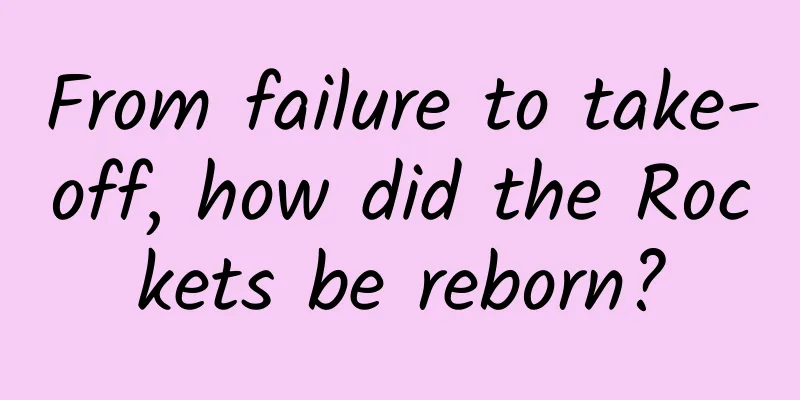Xiaomi in India: Poaching Google employees while showing goodwill to Android One

|
After Google teamed up with three major Indian local manufacturers, Micromax, Karboon and Spice, to launch Android One models, Redmi and Android One, which are in the same price range, are in direct competition in the Indian market. Xiaomi's attitude towards Android One has always been unclear. Yesterday, Hugo Barra, one of the heads of Xiaomi's international business, accepted an interview with Indian media and expressed goodwill to Google. "We also want to do Android One in the future, it's just a matter of time. But now we will not open a new product line, but focus on existing products." Barra also revealed that Android One is a project that Google has been brewing for a long time. He was involved in the pro-China movement when he was Google VP before he jumped to Xiaomi. Barra commented that Android One is a clever step taken by Google. However, the reporter who interviewed Hugo Barro revealed on his Twitter that Barro complained that the Android One model was "overpriced" in the interview. The price of Redmi in India is 5999 Indian rupees (about 600 RMB), while the Android One is 6399 Indian rupees. Interestingly, the reporter did not include this in the report. Hugo Barra said this just to convey goodwill, Xiaomi does not have a timetable or clear plan for Android One. Moreover, Xiaomi's existing product line is not compatible with Android One. All of Xiaomi's current products use off-screen buttons (menu, home, and return buttons), while native Android has long abandoned physical buttons and instead uses virtual buttons on the screen, which means that existing Xiaomi models cannot be directly adapted to native Android. Google tightly controls the software and hardware experience of Android One and only provides a limited set of hardware solutions. If Xiaomi launches Android One, it must abandon MIUI and choose native Android, and it must also design new models under Google's hardware guidance. Currently, Xiaomi's main selling model in the Indian market is Redmi, and Xiaomi is stepping up its pace of distribution in the Indian market. Barra revealed that Redmi Note will be launched in the Indian market at the end of December, and Mi 4 with MIUI 6 will also be launched at the end of this year or early next year. Xiaomi TV and Xiaomi bracelet are also expected to be launched in India next year. Hugo Barra revealed on Google+ today that Xiaomi has also hired Jai Mani, a former Google employee, as Xiaomi India's top product manager. Before leaving the company to start his own business at the end of 2013, Jai Mani was in charge of Google Play-related business and was also a familiar face at Nexus and Android conferences:
Jai Mani's work should focus on the localization of MIUI, especially optimizing Xiaomi's software and services for the Indian market. Judging from the poaching, Xiaomi will further strengthen the software and hardware integration of its own products in the Indian market. In addition to the friendly signals, the competition between Xiaomi India and Android One will continue to intensify. |
<<: Android: An efficient UI is a cool UI (Part 1)
>>: The truth about the 12 programmers
Recommend
The App Store has undergone the biggest revision in history. Is building an ASM service platform a new opportunity?
Since Apple launched ASM in October 2016, it has ...
Wuhan Tea Tasting Recommendation Exchange
Wuhan high-end tea drinking is unique and very un...
The doctor cut open his skull and invited him to play guitar during the operation.
Image source: DALL E 3 Imagine this scene: you wa...
We use coupons every day, but what exactly are coupons?
Because of my work, I have been dealing with coup...
Analysts say iPhone 6s initial sales did not actually increase
This article is transferred from: NetEase Technol...
"The girl was killed because Qvod was blocked" is pure conjecture
Using the murder of a girl as a basis for judging...
"91 Ten Articles" - A daily must-read briefing for the new energy vehicle industry (210224)
1. Toyota's future smart city themed experime...
Understanding Android security mechanisms
This article starts with the Android system archi...
Brand Marketing: 4 Steps to Find Product Selling Points!
Everyone has the same question: how can the produ...
The latest overseas advertising and marketing methods in 2021
In a blink of an eye, 2020 has passed. This year ...
New iPhones every year, but old scalpers every year: China's shameless buyers
The huge logo of Apple's Fifth Avenue flagshi...
Forget the super sports M760Li! The next generation BMW 7 Series may focus on technology
In an era when small hot hatches are popular, lux...
IE University: European Technology Insights Report 2024
IE University has released its European Tech Insi...
Gao Qiqiang is not the only one who can use the "Art of War"
Since the broadcast of "Kuang Bi", &quo...
A complete guide to the marketing and promotion plan for "Avengers 4"!
On April 24, the Marvel Universe, which has been ...









